
Picture Books to Encourage Divergent Thinking
Just like the multiple possible outcomes that await when we dare to use divergent thinking, there are so many different ways to use picture books. Some children’s literature exists simply to be silly — to make people giggle with delight. Other stories are crafted to provide, as Rudine Sims Bishop explained, “mirrors, windows, and sliding glass doors to children’s lives.” Still, others help children explore academic concepts like rhyming or geometry. Recently, we’ve seen a surge in books about social emotional topics, helping children work through anger, anxiety, fear, and fixed mindsets. Today (you guessed it) we’re diving into books to encourage divergent thinking.
What is divergent thinking? Airfocus defines it as “the process of creating multiple, unique ideas or solutions to a problem that you are trying to solve.” When I hear the term divergent thinking, I picture thought webs, concept maps, and the kinds of “brain dump” exercises that leave a paper scribbled and scratched. Divergent thinking is messy and loose, with no single correct answer to be found. Divergent thinking allows for creativity, spontaneity, and adventure. This is a kind of thought process that embraces the journey. To be honest, this is a school of thought that isn’t often valued in traditional education. Luckily, we are blessed with some awesome picture books to help children remember there are lots of ways to think about a situation and lots of outcomes just waiting to be realized.

There Must Be More Than That! by Shinsuke Yoshitake
First of all, Yoshitake’s style is so sweet and adorable that the book could happily stand without any additional merit. But this story nails the idea of divergent thinking, explaining multiple positive and negative futures that await. Without shying away from the truth that many futures means some might be bad, There Must Be More Than That delivers a powerfully optimistic message that anything might happen, and that’s great.
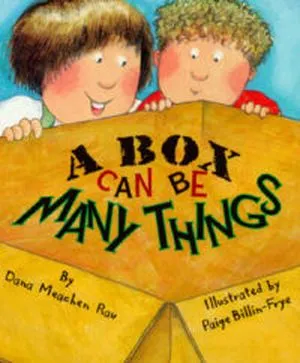
A Box Can Be Many Things by Dana Meachen Rau, illustrated by Paige Billin-Frye
One of the most traditional introductions to divergent thinking is the common cardboard box. Children and adults alike adore taking four paper walls and creating anything that can be imagined. In this early reader, two siblings find a box in the garage and turn it into many things. Be sure to secure a box before reading.
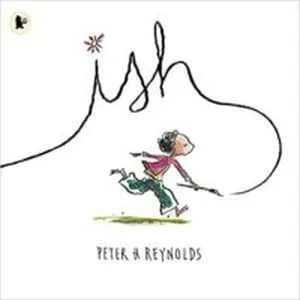
Ish by Peter H. Reynolds
Perfect for frustrated artists and hopeful dreamers alike, this story follows a young creator who cannot get their pictures just right. With the permission to create things that look right-ish, a gorgeous gallery of work springs forth. It’s so freeing to teach kids that things can be a little messy and still very beautiful. Who knows what they’ll create!
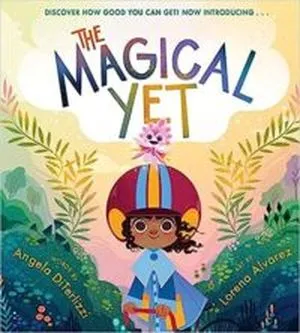
The Magical Yet by Angela DiTerlizzi, illustrated by Lorena Alvarez Gómez
The power of YET is very real in this sweet story that personifies the word. Sharing that we are all born with YET by our side, the book goes over all the things that might seem difficult but will come in time. This is an excellent way to encourage a growth mindset and also to help readers see that there are so many things that might happen.
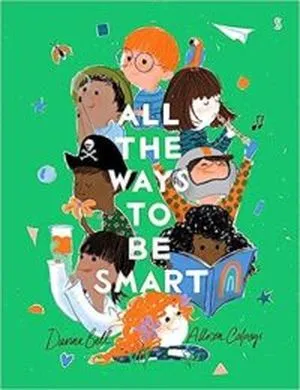
All the Ways to be Smart by Davina Bell, illustrated by Allison Colpoys
This book is one of my treasured school library read alouds. In a setting where a certain kind of smart (academic, bonus points for quiet and obedient) is constantly praised, it is so important for children to be reminded that there are more ways to thrive. The gentle rhyme, inclusive list of talents, and gorgeous illustrations push this to the top of many lists.
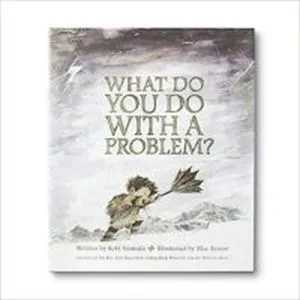
What Do You Do With a Problem? by Kobi Yamada, illustrated by Mae Besom
The beautiful message of this book is that even our problems can hold multiple possibilities when we face and examine them. The young protagonist does everything possible to ignore a persistant issue, but when the problem is finally addressed, surprising outcomes arise. The lovely illustrations add to the magical idea that there are so many outcomes to discover!
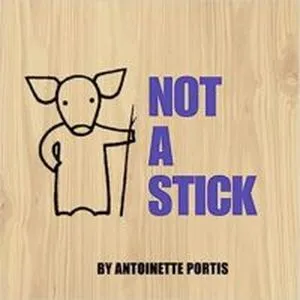
Not a Stick by Antoinette Portis
Another book tailor made to explain the concept of divergent thinking. While it’s a higher level skill sought by workplaces, divergent thinking is actually most obvious in young children, who know that a box is never just a box and a stick is never just a stick. Portis walks the reader through a few amazing things a stick could be, but young people in your life will definitely be able to come up with more.
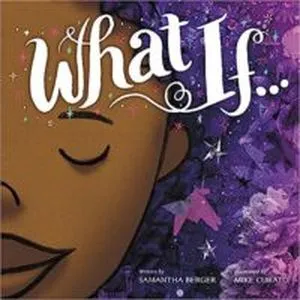
What If…by Samantha Berger, illustrated by Mike Curato
Similar to If You Give A Mouse A Cookie, this book has a cause and effect chain of reaction that young readers find very pleasing. What the adults may adore is the powerful message of continually overcoming and allowing nothing to stop your art and stories from pouring forth — whether you have to fold the paper or chisel the chair.
Hopefully you’ve found a book or two to inspire the readers in your life to embrace the wonder of divergent thinking. Looking for more books encouraging children to stretch their minds? Check out this round up of books about critical thinking by Mikkaka Overstreet. Happy reading!














